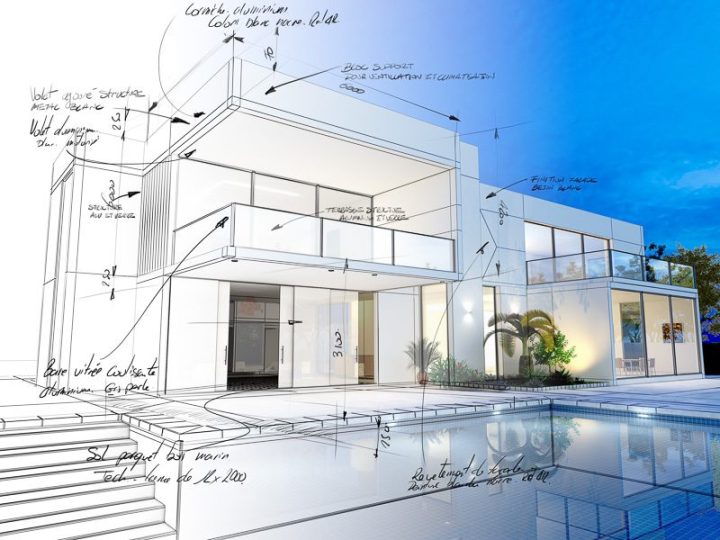
Better home design needed
To achieve year-round comfort, energy efficiency, including in warmer weather, and affordable, healthy, sustainable homes, we need to consider home design holistically.
Factors such as the orientation of the building site, the number and position of windows, shading, insulation, heating and cooling systems, and ventilation work together to determine the level of year-round comfort.
As warm temperatures continue, the Building Research Association New Zealand (BRANZ) has studied home energy use and indoor conditions. Results indicate that indoor summer temperatures have risen by 6-10% over the past 20 years, and people are feeling the heat.
This rise in summer indoor temperatures occurs against a backdrop of outdoor temperatures increasing by 4-8% over the same period, according to NIWA data.
In-home monitoring data collected from 151 homes during summer 2023/4 suggests average temperatures have increased 6-10% or 1.3-2.1°C, depending on room and time of day, compared with 20 years ago when the original HEEP study was done.
BRANZ’s new data shows that average evening temperatures in both living rooms and bedrooms exceeded 24°C. More than one-third (36%) of the 310 bedrooms monitored were classed as ‘overheating’, based on an industry method for assessing overheating risk in homes.
Approximately 70% of 425 households surveyed as part of the same study reported their home felt warmer than they would like at least some of the time in summer (48% ‘sometimes’ and 22% ‘always or often’). This means more people felt warmer than they would like in summer than colder than they would like in winter (34% said ‘sometimes’ and 14% said ‘always or often’). Considering the entire house in the design phase is a fundamental key principle.
BRANZ supports the Ministry of Business, Innovation and Employment (MBIE) proposal to move the industry towards using more sophisticated computer modelling to demonstrate energy efficient design. This will allow more flexibility and help tackle the issue of overheating. An even more strategic, planned review of several other related aspects of the Building Code, such as interior environment, internal moisture and ventilation, would make the biggest difference to year-round indoor comfort.
*A Canterbury-based high-performance and code-minimum study will be reported on in 2026.



